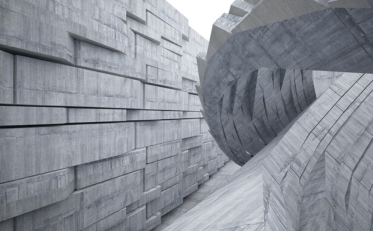Question
a.
(8*B* (G-1) *g*d/f)⅓
b.
(8*B* (G-1) *g*d/f)²
c.
(8*B* (G-1) *g*d/f)
d.
(8*B* (G-1) *g*d/f)½
Posted under Environmental Engineering
Interact with the Community - Share Your Thoughts
Uncertain About the Answer? Seek Clarification Here.
Understand the Explanation? Include it Here.
Q. The expression for the self cleansing velocity is given by ____________
Similar Questions
Explore Relevant Multiple Choice Questions (MCQs)
Q. The self cleansing velocity required for coarse sand is __________
View solution
Q. In which of the following, the self cleansing velocity is maximum?
View solution
Q. The diameter of the sewer is 23cm. What should be the self cleansing velocity?
View solution
Q. What should be the diameter of the sewer when the self cleansing velocity is 60cm/Sec?
View solution
Q. The maximum velocity at which no abrasion takes place is called _______
View solution
Q. The non scouring velocity is 260cm/Sec. The type of material of the sewer is __________
View solution
Q. The non scouring velocity required for cast iron sewer pipes is __________
View solution
Q. Which of the following is incorrect regarding circular sewer?
View solution
Q. A circular section of sewer gives _______ area for a given perimeter.
View solution
Q. What is the wetted perimeter of a circular section of sewer?
View solution
Q. The hydraulic mean depth of a circular section running full is __________
View solution
Q. The proportional depth of a circular sewer running partially half is __________
View solution
Q. The proportional perimeter of a circular sewer running partially half where K is the central angle subtended at a circular section of sewer is __________
View solution
Q. The diameter of the circular sewer is 0.2m. The desired depth of flow is __________
View solution
Q. The diameter of a circular sewer is 0.8m. The desired depth of flow is __________
View solution
Q. A circular sewer having 0.4m diameter is flowing with velocity 2m/Sec. If the gradient of sewer is 1 in 90. Find the value of Chezy’s coefficient?
View solution
Q. Which of the following sewer is called as an ovoid sewer?
View solution
Q. Egg shaped sewers are more suitable in a combined system during dry weather flow.
View solution
Q. Which of the following is incorrect regarding Egg shaped sewer?
View solution
Q. The upper portion of Egg shaped sewer is called as _____
View solution
Recommended Subjects
Are you eager to expand your knowledge beyond Environmental Engineering? We've handpicked a range of related categories that you might find intriguing.
Click on the categories below to discover a wealth of MCQs and enrich your understanding of various subjects. Happy exploring!








